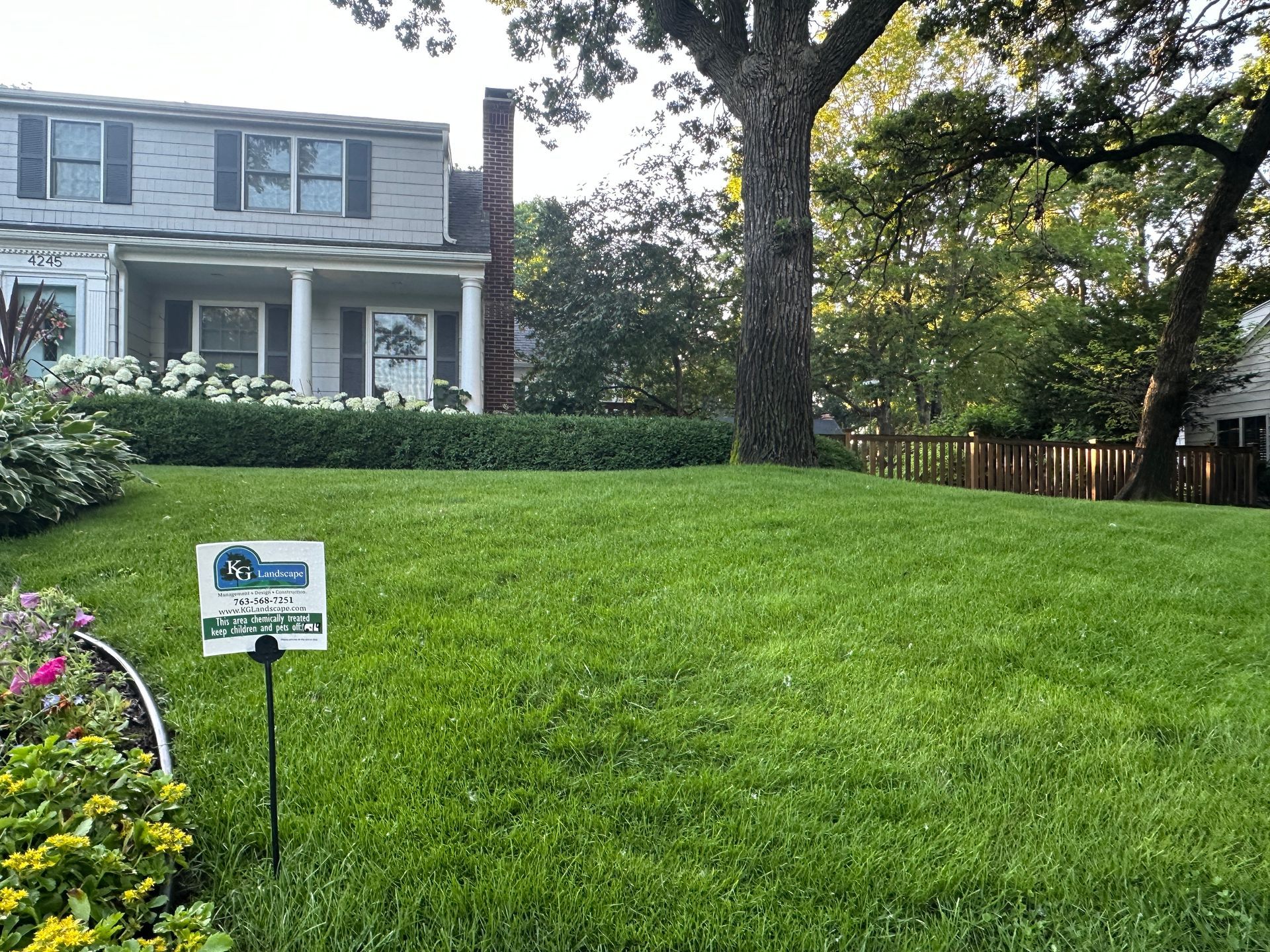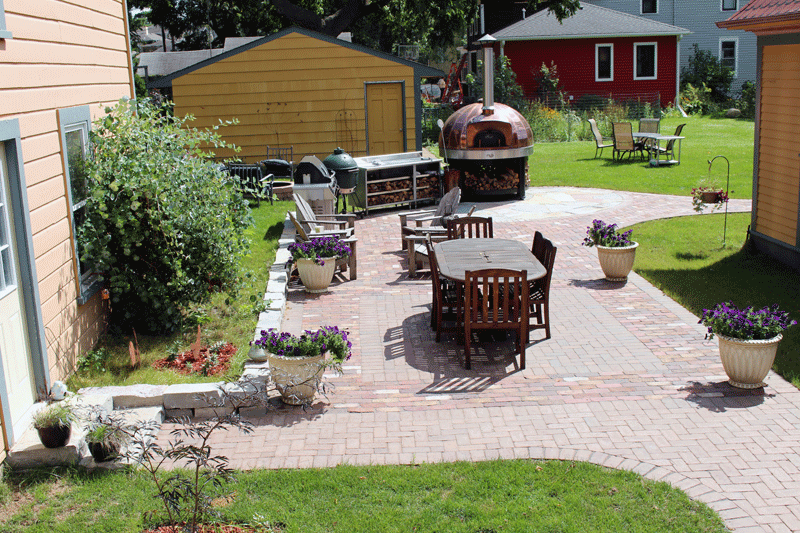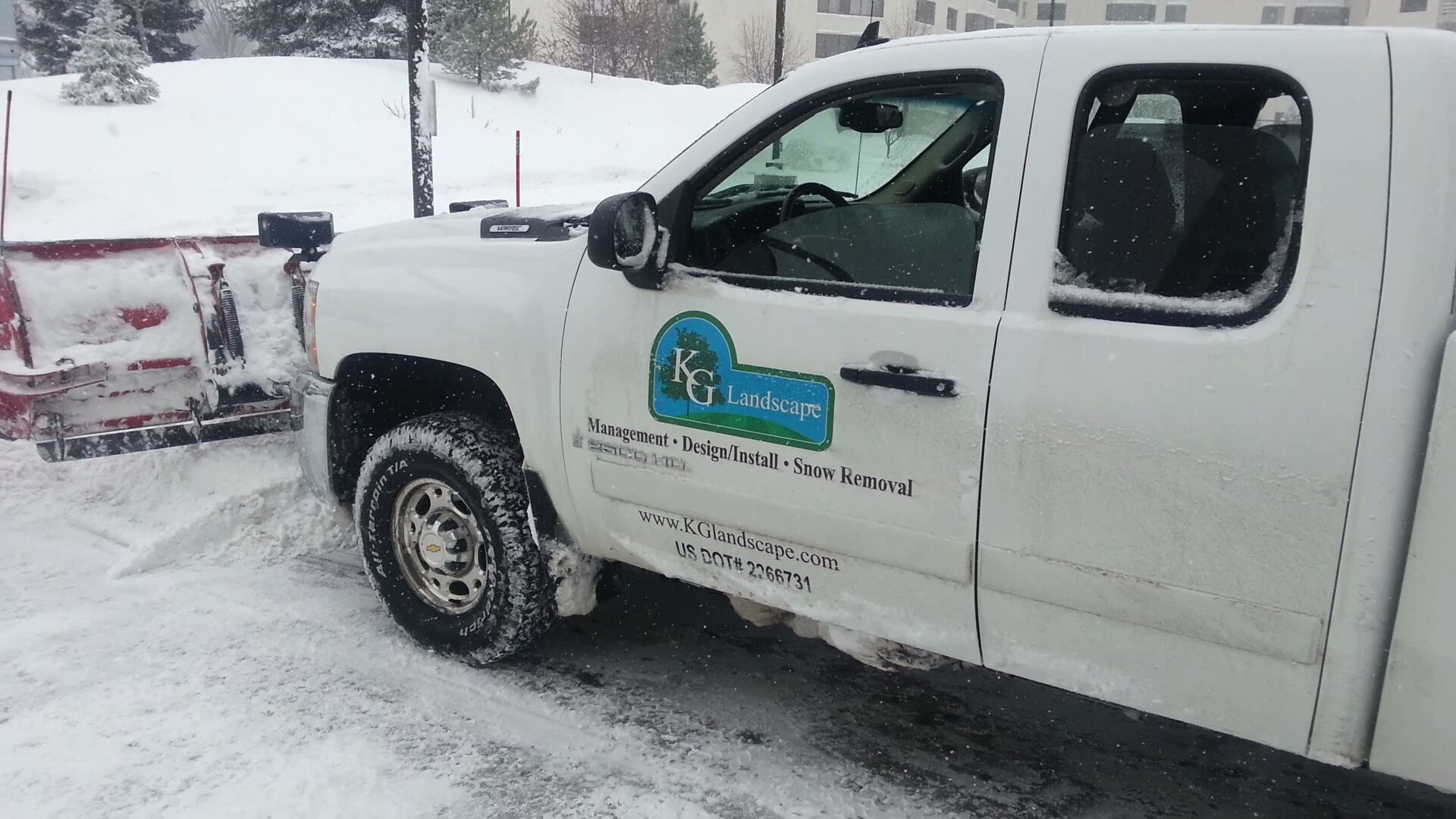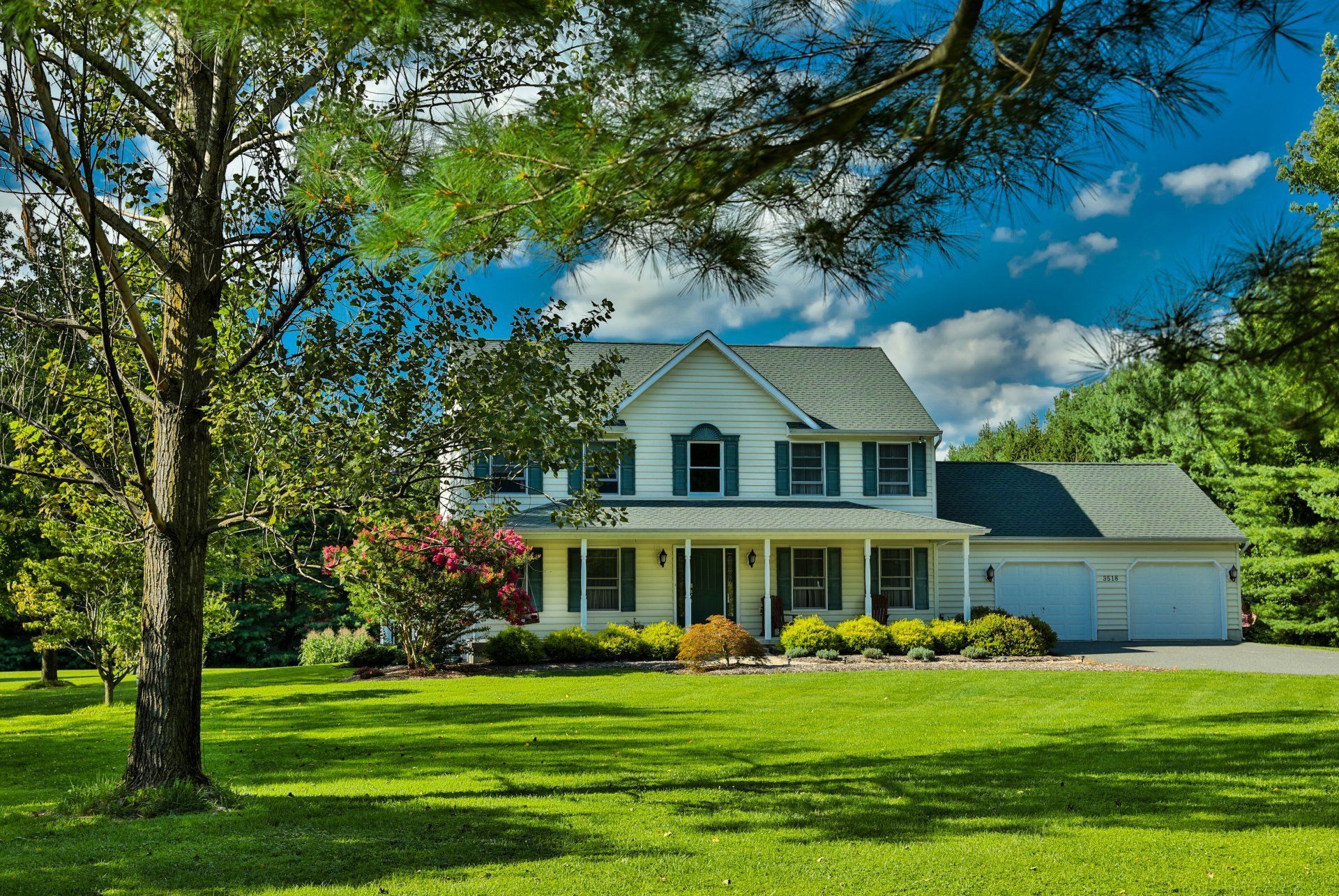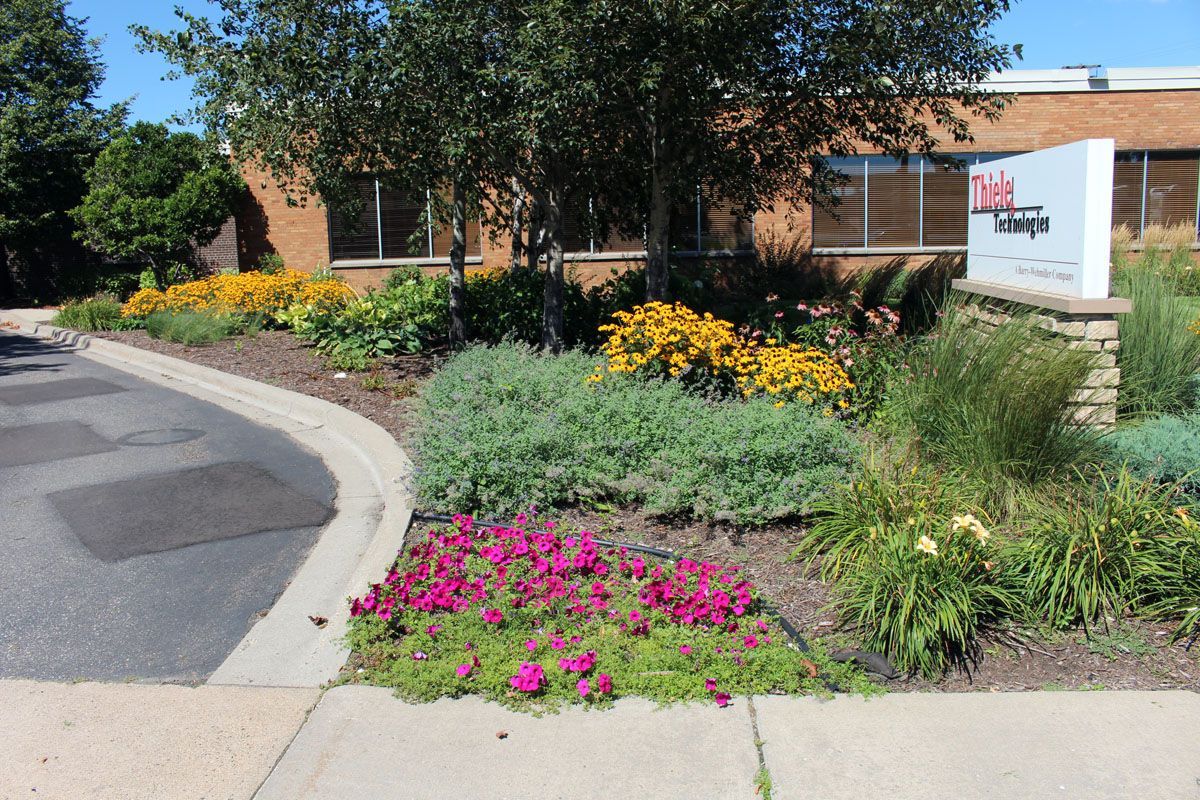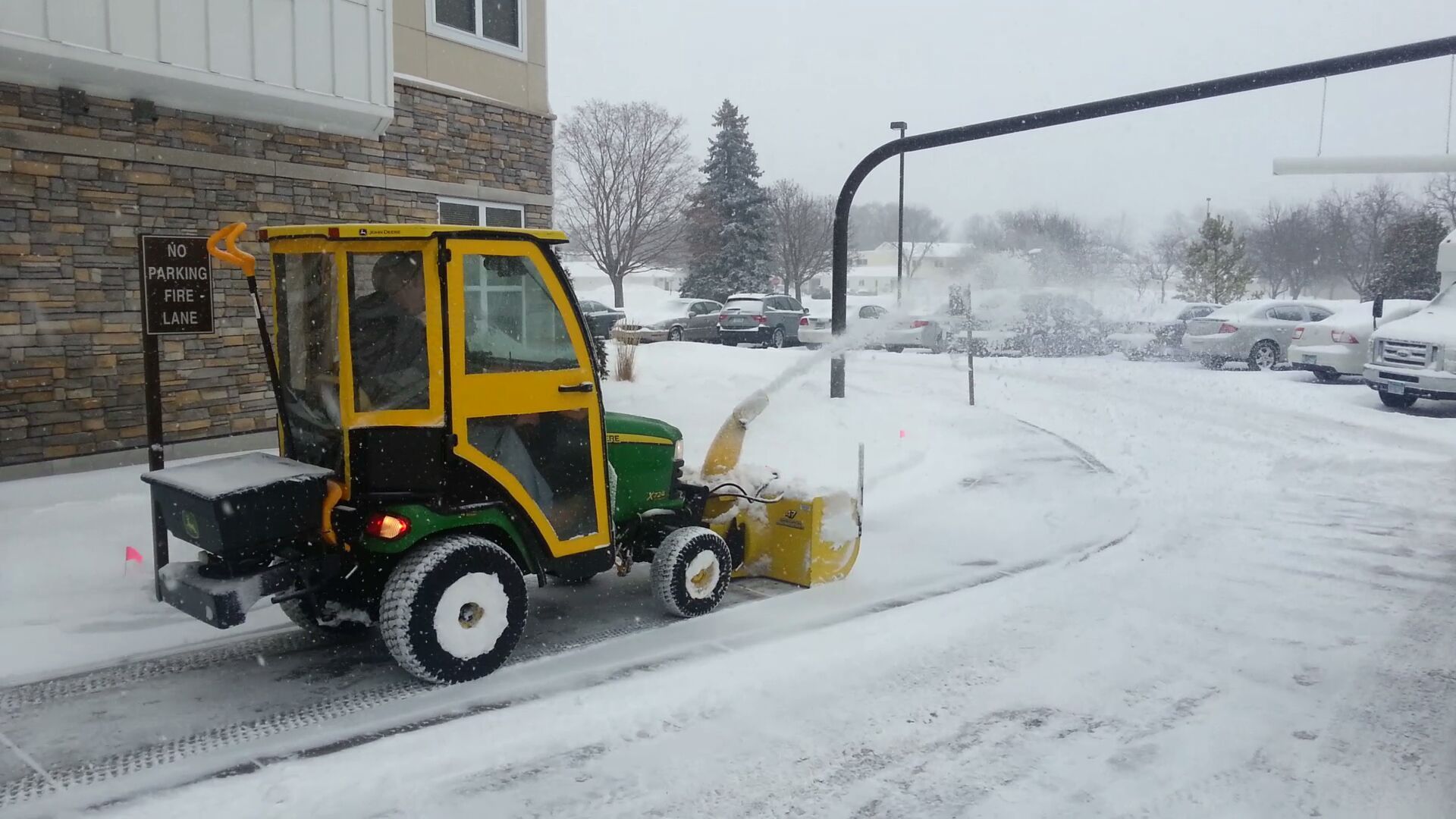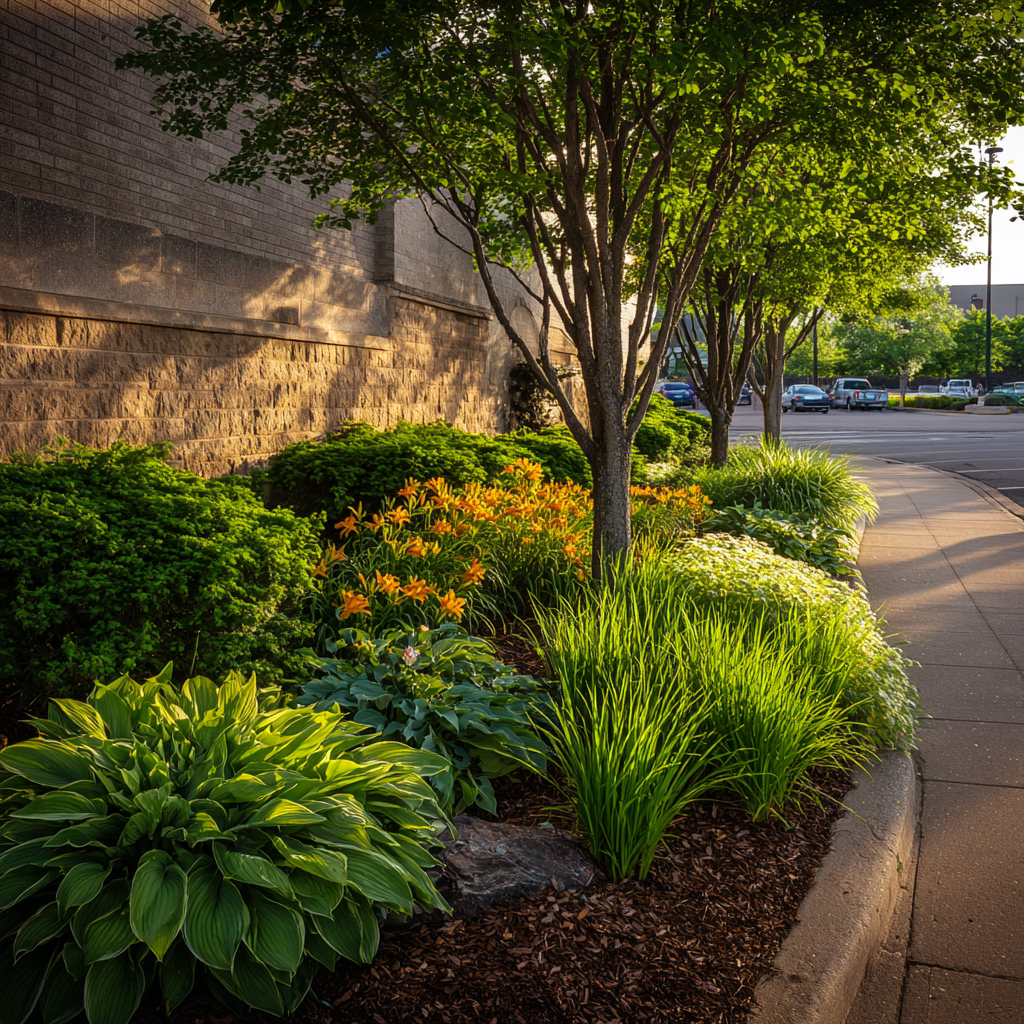Lawn Care Tips From The Pros
A lush green lawn not only enhances the beauty of your home but also provides a refreshing outdoor space for relaxation and leisure activities. As April is National Lawn Care Month, it's the perfect time to learn valuable tips from seasoned professionals on grass maintenance,
fertilization
,
mowing
, and everything in between.
In this blog post, we'll share expert advice that covers seed selection, feeding, watering management as well as highlight essential tools and equipment for optimum results.
Before making any decisions, consult with a lawn care professional who can provide expert guidance based on the measurement of the area you plan to maintain. They may recommend top-performing varieties like Kentucky bluegrass for cool climates or Bermuda grass for warmer regions.
Keep in mind that some homeowners prefer low-maintenance options such as fescue or zoysia grass to reduce upkeep demands without compromising beauty.
This approach helps to promote strong root development, contributing to drought resistance and overall turfgrass health.
To achieve deep soaking during watering, it's important that you adjust your sprinklers or irrigation system to cover the entire lawn evenly. Be mindful of soil moisture levels as well; overly saturated lawns may lead to issues with drainage systems while dehydrated grass can be prone to diseases and weeds invasion.
Another essential aspect of proper lawn maintenance involves varying the direction in which you mow each time. This practice helps reduce soil compaction and turf damage caused by repetitive mower movement patterns.
Moreover, always ensure that your lawn is dry before starting the process as this prevents clippings from clumping together or getting trapped beneath the mower blades. Lastly, adjusting your mower's cutting height over several sessions promotes above-ground growth while maintaining an aesthetically pleasing appearance – start with a 2.5-inch cut initially before moving onto 3 inches by June, eventually increasing to 4 inches when soil moisture levels decrease during warmer months.
Good soil health with key nutrients like nitrogen and phosphorus at the right pH balance can make all the difference in maintaining a healthy lawn. However, it's important to note that synthetic fertilizers can work against natural soil health and may not be environmentally friendly.
As an alternative, experts suggest using natural fertilizers like composting or organic options for a healthier lawn with better pest resistance.
In conclusion, by following a careful and consistent approach towards proper fertilization practices, you can maintain a dense, medium-to-dark green turf that will resist pests and environmental stresses while promoting good soil health with minimal impact on the environment.
This can be achieved through proper fertilization, regular mowing, and adequate watering practices. When it comes to pest control, it's important to identify the type of insect or critter causing damage to your lawn before taking any action. Some common pests that may infest lawns include grubs, chinch bugs, and armyworms.
Remember that a healthy lawn will naturally resist pests and weeds better than an unhealthy one.
In this blog post, we'll share expert advice that covers seed selection, feeding, watering management as well as highlight essential tools and equipment for optimum results.
Key Takeaways
- Choosing the right type of grass for your lawn based on soil conditions and climate is crucial to achieving a healthy and attractive landscape.
- Proper watering techniques such as deep and infrequent soaks, even distribution, and monitoring soil moisture levels are essential for maintaining green turfgrass.
- Using appropriate tools like lawnmowers, watering systems, pruning shears, and gloves can make all the difference in establishing and maintaining a healthy lawn. Additionally, avoiding common mistakes like cutting grass too short or over-fertilizing is key to promoting lush growth while minimizing harm to your yard's health.
-
Expert Lawn Care Tips For A Green And Healthy Lawn
To achieve a green and healthy lawn, experts recommend choosing the right type of grass for your climate and soil, properly watering your lawn to promote deep roots, mowing at the correct height for maximum growth and health, fertilizing regularly with high-quality products, and effectively controlling weeds and pests.Choosing The Right Type Of Grass For Your Lawn
Selecting the appropriate grass type for your lawn plays a crucial role in achieving a healthy, lush green landscape . The ideal grass variety depends on factors such as climate, soil conditions, and personal preferences regarding appearance and maintenance levels.Before making any decisions, consult with a lawn care professional who can provide expert guidance based on the measurement of the area you plan to maintain. They may recommend top-performing varieties like Kentucky bluegrass for cool climates or Bermuda grass for warmer regions.
Keep in mind that some homeowners prefer low-maintenance options such as fescue or zoysia grass to reduce upkeep demands without compromising beauty.
Proper Watering Techniques
Proper watering techniques play a crucial role in maintaining the health and appearance of your lawn. One essential practice recommended by experts is to water lawns deeply and infrequently, ideally once or twice a week.This approach helps to promote strong root development, contributing to drought resistance and overall turfgrass health.
To achieve deep soaking during watering, it's important that you adjust your sprinklers or irrigation system to cover the entire lawn evenly. Be mindful of soil moisture levels as well; overly saturated lawns may lead to issues with drainage systems while dehydrated grass can be prone to diseases and weeds invasion.
Optimal Mowing Methods
Achieving a vibrant and healthy lawn requires implementing optimal mowing methods, which can significantly impact the grass's overall growth and appearance. One crucial technique for promoting ideal grass health is to mow frequently rather than infrequently, as it allows for better adaptation to trimming.Another essential aspect of proper lawn maintenance involves varying the direction in which you mow each time. This practice helps reduce soil compaction and turf damage caused by repetitive mower movement patterns.
Moreover, always ensure that your lawn is dry before starting the process as this prevents clippings from clumping together or getting trapped beneath the mower blades. Lastly, adjusting your mower's cutting height over several sessions promotes above-ground growth while maintaining an aesthetically pleasing appearance – start with a 2.5-inch cut initially before moving onto 3 inches by June, eventually increasing to 4 inches when soil moisture levels decrease during warmer months.
Fertilization For Growth And Health
One of the most critical elements of lawn care is proper fertilization . Fertilization helps to promote plant growth and root development, which leads to a luscious and green-looking lawn.Good soil health with key nutrients like nitrogen and phosphorus at the right pH balance can make all the difference in maintaining a healthy lawn. However, it's important to note that synthetic fertilizers can work against natural soil health and may not be environmentally friendly.
As an alternative, experts suggest using natural fertilizers like composting or organic options for a healthier lawn with better pest resistance.
In conclusion, by following a careful and consistent approach towards proper fertilization practices, you can maintain a dense, medium-to-dark green turf that will resist pests and environmental stresses while promoting good soil health with minimal impact on the environment.
Effective Weed And Pest Control
Keeping your lawn free of weeds and pests is crucial for maintaining a green and healthy landscape. One effective way to prevent weed growth is by ensuring that the grass on your lawn is strong and dense.This can be achieved through proper fertilization, regular mowing, and adequate watering practices. When it comes to pest control, it's important to identify the type of insect or critter causing damage to your lawn before taking any action. Some common pests that may infest lawns include grubs, chinch bugs, and armyworms.
Remember that a healthy lawn will naturally resist pests and weeds better than an unhealthy one.
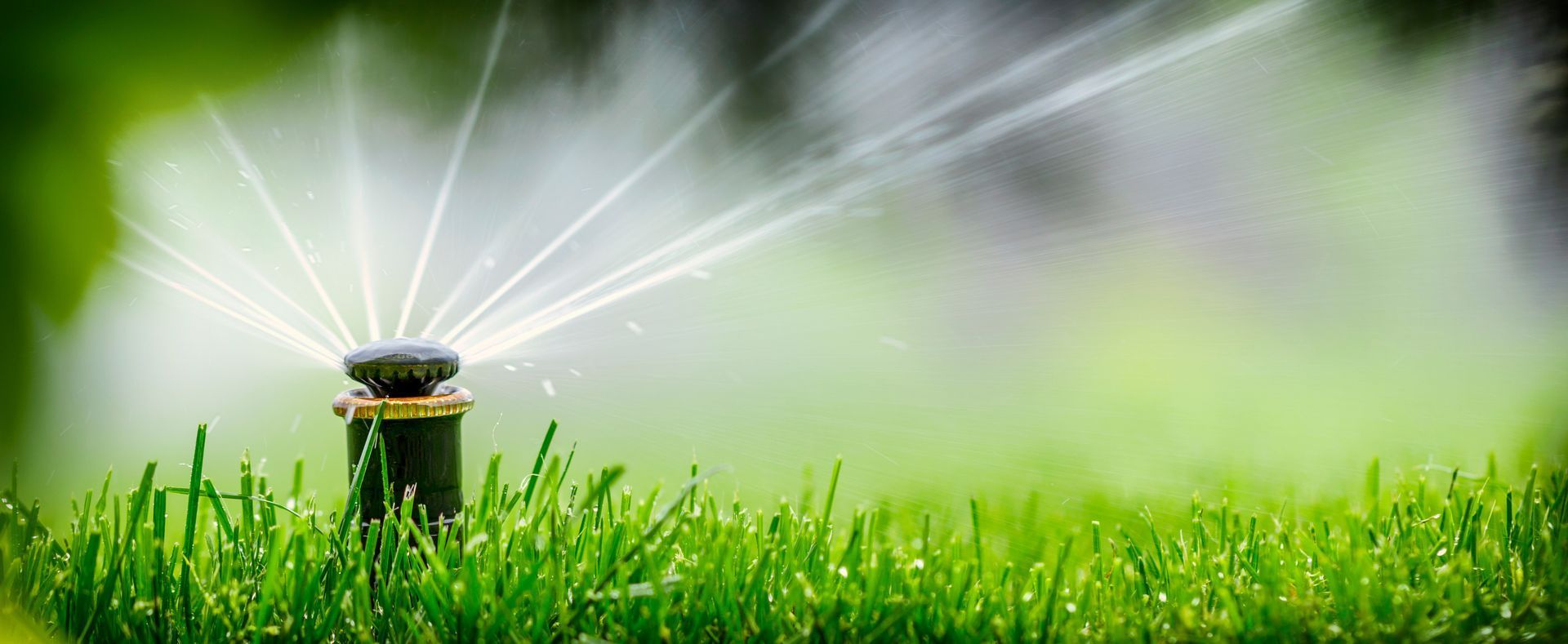
Essential Tools And Equipment For Professional Lawn Care
Lawn mowers, watering systems, pruning shears, and gardening gloves are all essential tools for professional lawn care.Lawn Mowers
Lawn mowers are an essential tool for maintaining a healthy and attractive lawn. There are various types of mowers to choose from, including gas-powered, electric, and battery-powered options.Gas-powered mowers are the most common and powerful but require regular maintenance such as oil changes and air filter replacements. Electric mowers require less maintenance but have limited cutting time due to their corded nature. As crucial as it is to select the right type of mower, it is equally important to follow safety precautions while operating them. The blades can rotate at speeds high enough to cause cuts or injuries if they come in contact with human skin or debris lying around the lawn.
Proper protective gear like goggles, gloves should always be worn while using lawnmowers.
Watering Systems
Having a proper watering system is essential for maintaining a healthy lawn. To ensure that your grass receives the right amount of water, it's important to choose the right irrigation tool and use it effectively.There are different types of watering systems available for residential and commercial use, including drip irrigation, oscillating sprinklers, impact sprinklers, rotary sprinklers, stationary sprinklers, traveling sprinklers and even elevated water towers.
Depending on the size of your lawn or landscaping area you may need more than one type of watering system to achieve optimal coverage. By investing in quality equipment and using proper techniques such as frequent but deep soakings instead of short bursts will help prevent over-watering which can cause shallow root growth or harmful fungi growth on leaves.
Pruning Shears And Gardening Gloves
An essential tool for professionals and enthusiastic gardeners, pruning shears are designed to give you clean cuts when trimming plants. These versatile tools come in two main types - anvil pruners and bypass pruners.Anvil pruners work more like a knife, pressing down on a flat surface, while bypass pruners make precise cuts by slicing through the stem with a sharp blade that passes over a curved jaw.
Gardening gloves also play an important role in protecting your hands from thorns, prickles, insects, blisters or other injuries during pruning or planting sessions. They also provide support for grip strength needed when using heavy-duty equipment such as hedge trimmers or chainsaws.
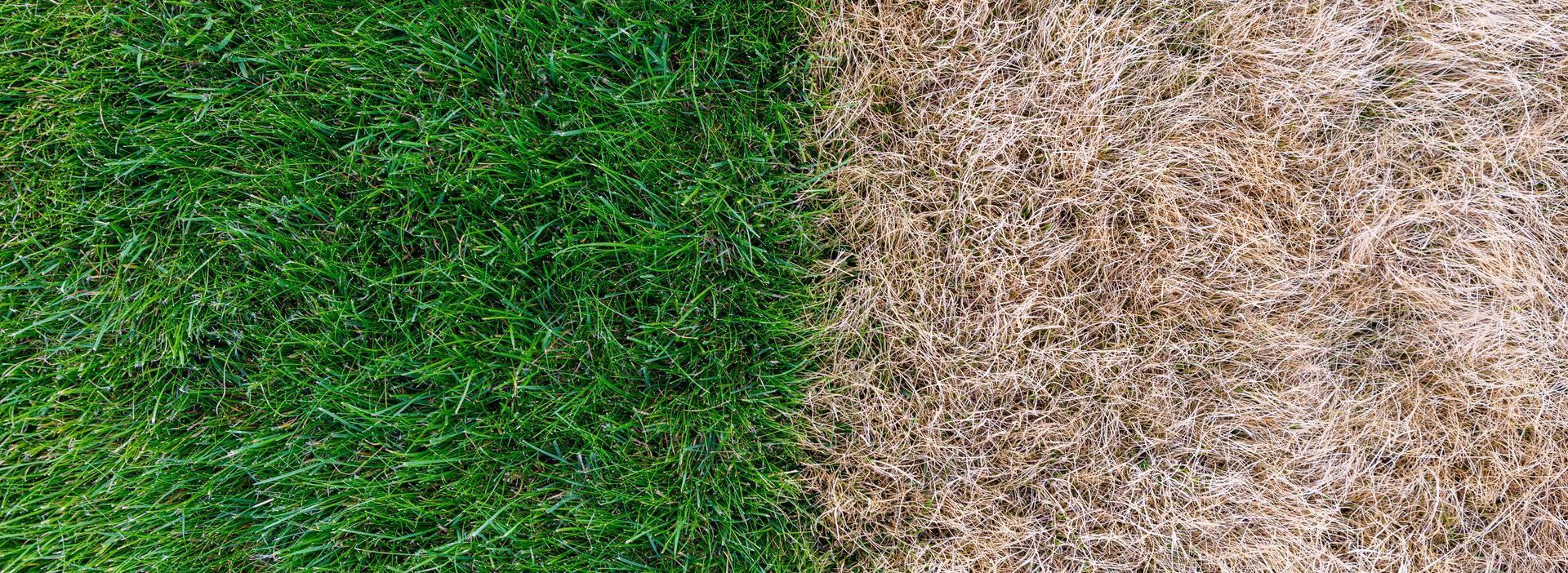
Common Lawn Care Mistakes To Avoid
Maintaining a lush, green lawn takes time and effort, but making common mistakes can harm its health. One of the most frequent errors is cutting grass too short. This is detrimental to the grass's health since it removes too much of the blades, reducing its ability to produce food through photosynthesis and increasing water loss.Another mistake that homeowners often make is over or under-watering their lawns. This lack of proper watering technique can lead to fungal growth in humid environments or drought stress during dry spells, resulting in wilted plants with yellow leaves.
Furthermore, using too much fertilizer can be counterproductive for your lawn despite being necessary for healthy turf. Lastly, not managing weed control products effectively often results in having an excess buildup of weeds within a garden leading towards relentless battles against invasive unwanted vegetation infiltrating surrounding areas uncontrolled ultimately choking out desired plants slowly over time.
By avoiding these common missteps when caring for your lawn along with following expert advice on choosing the right type of grass maintenance tools and techniques ensuring sound soil health practices within your landscaping endeavors has never been so achievable than by implementing careful planning upfront consistently fostering sustainable landscapes one step at a time!
Conclusion
In conclusion, maintaining a lush and healthy lawn requires a combination of expert knowledge, essential tools, and consistent effort. By following the tips from professional lawn care specialists outlined in this article, you can achieve the green grass of your dreams.Remember to choose the right type of grass for your area, water properly, mow at the correct height, fertilize regularly, control weeds and pests effectively, and use appropriate equipment for all tasks.
With these guidelines in mind and proper maintenance practices in place such as scheduling regular landscaping services you can enjoy the beauty of your lawn year-round.


